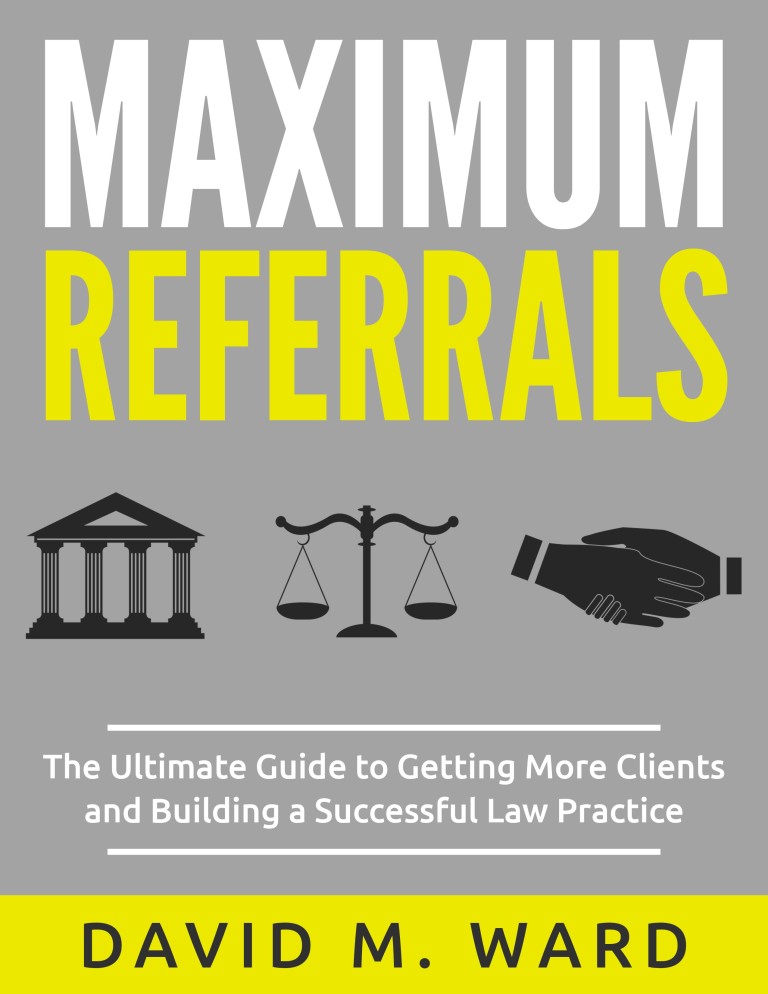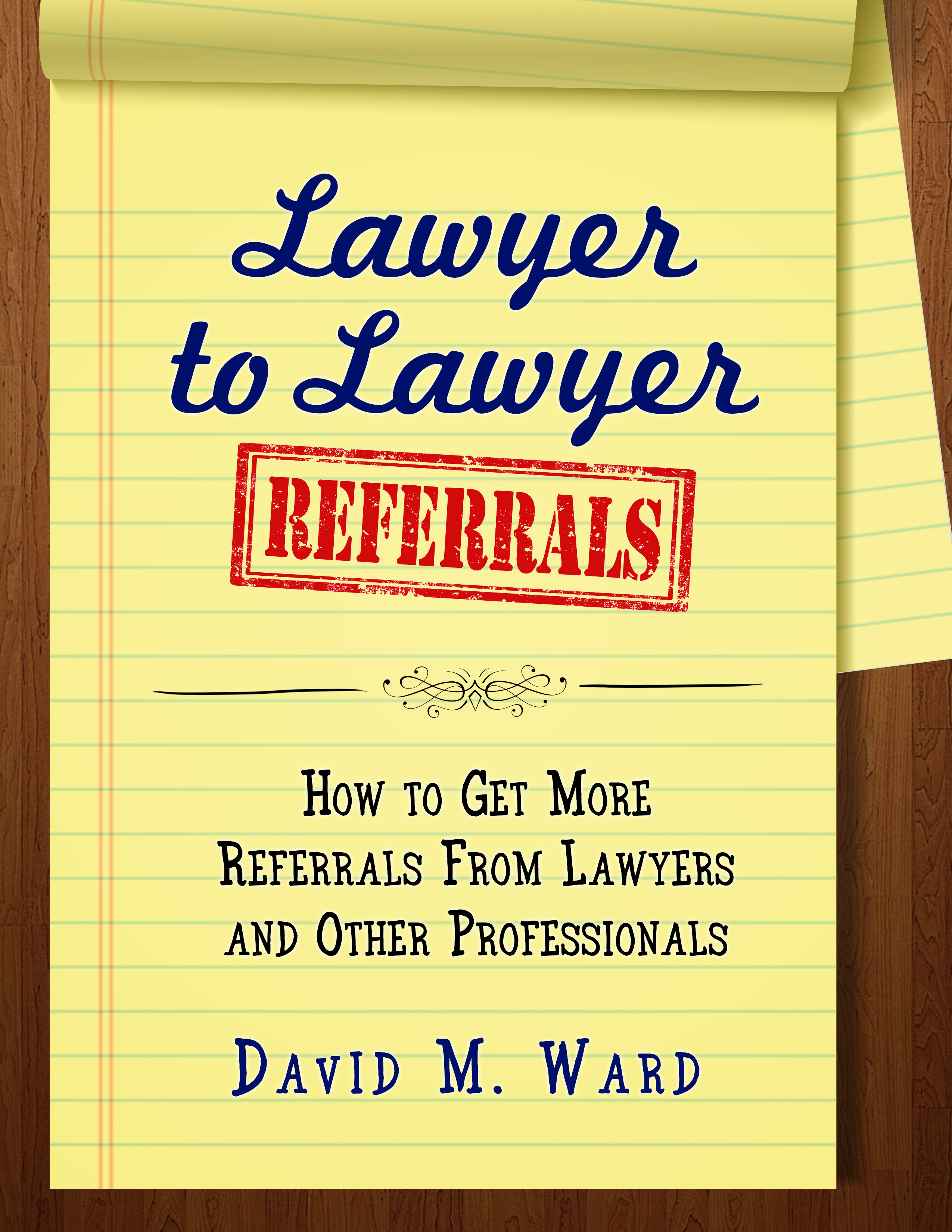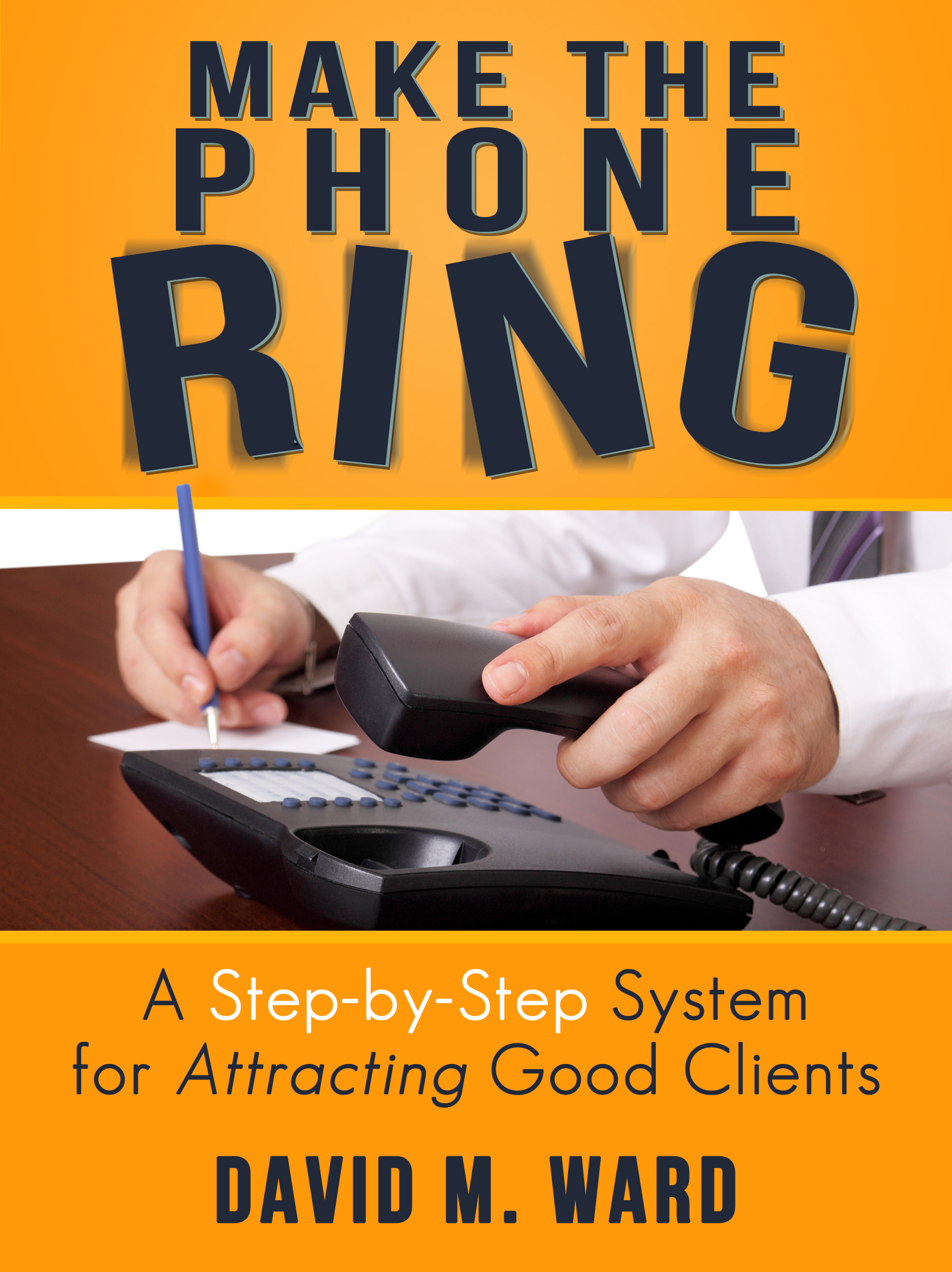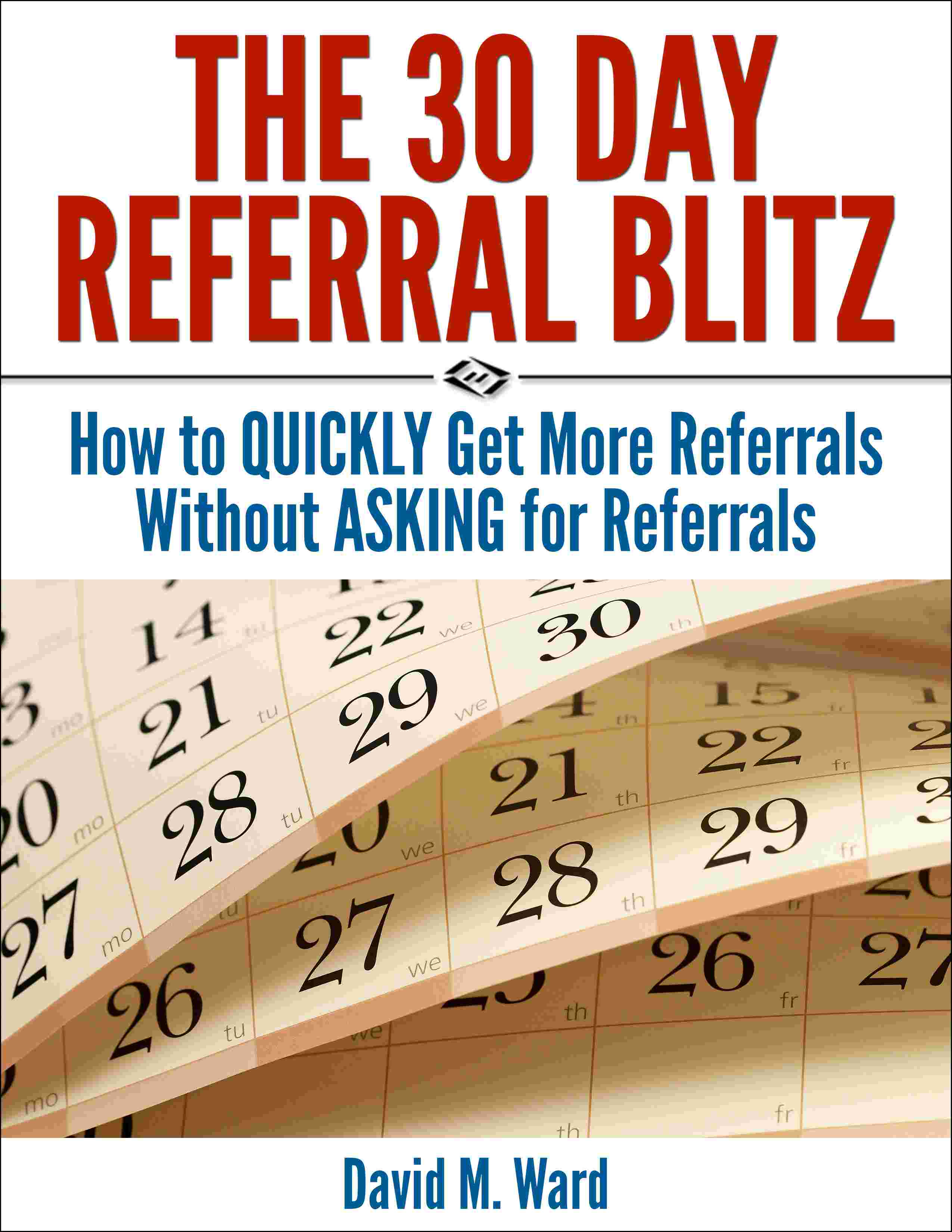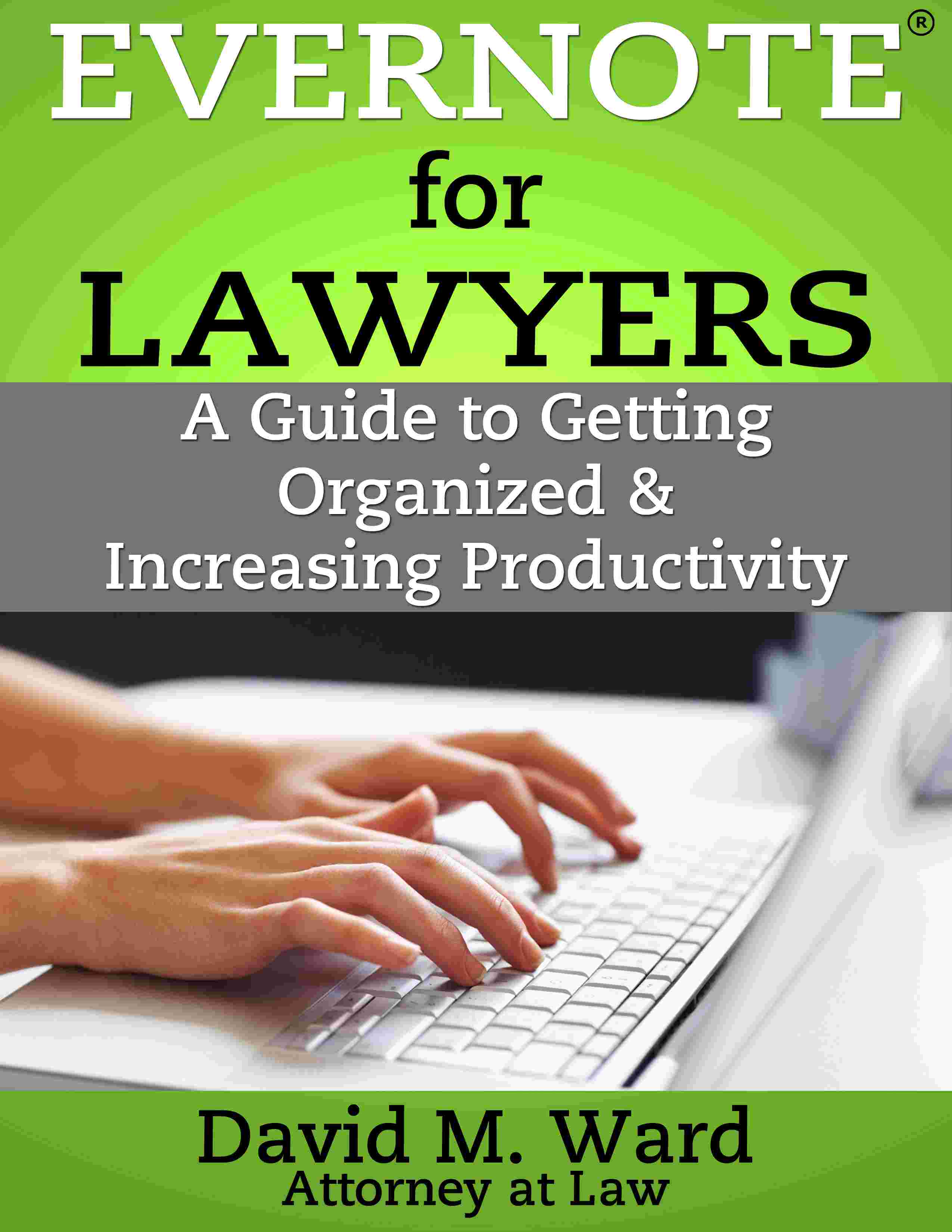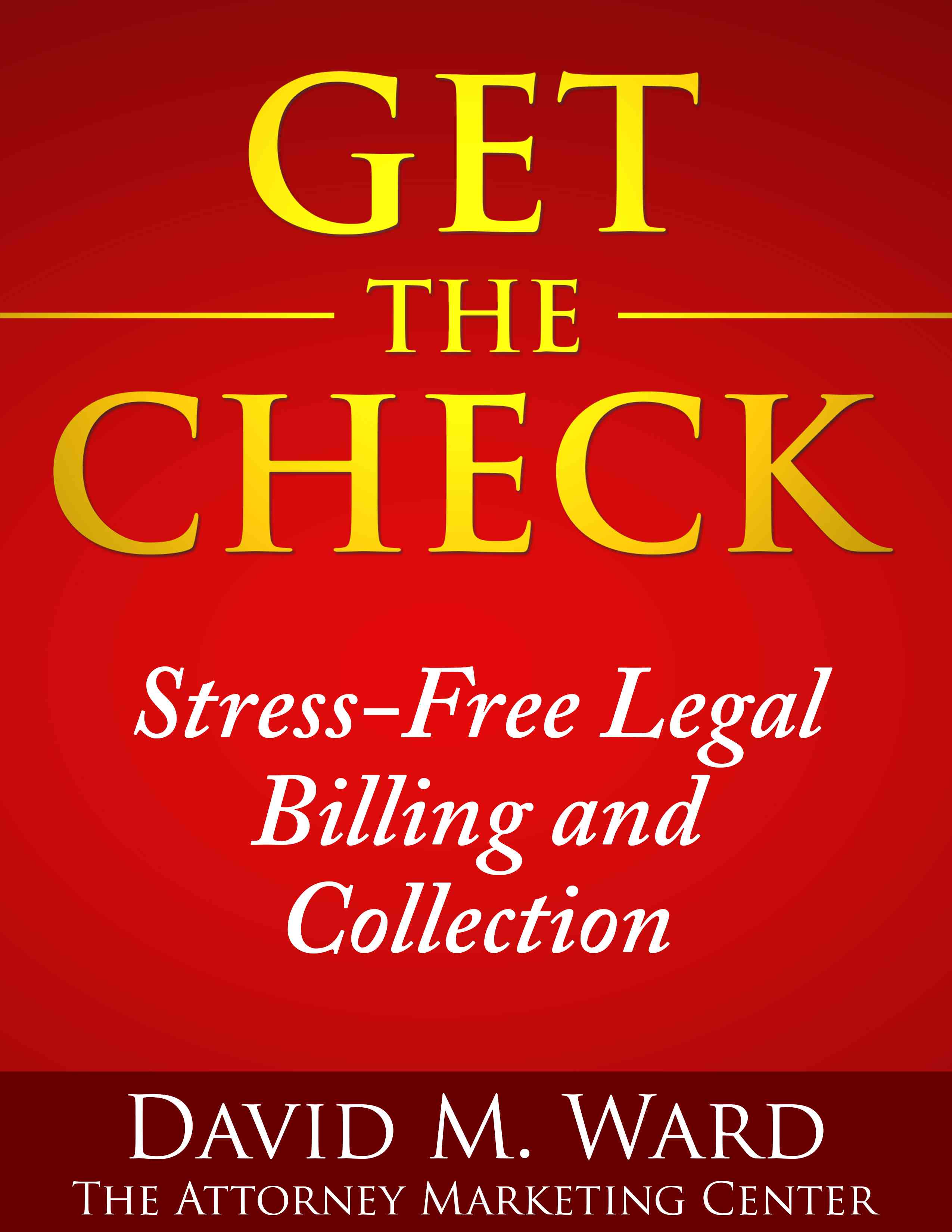Lawyers are fact merchants. We dwell in the land of research and evidence. But while a thorough recitation of the law and the facts may be necessary in the courtroom, in marketing it’s the kiss of death.
And I do mean death.
When you give readers and listeners, prospects and clients, nothing but the facts, you murder them. They’ll ready for a dirt nap before they finish the third paragraph.
Your prospects don’t want to know everything you know. They want to know that YOU know the facts and the law, and that you know how to use them to help them get what they want.
Think about novels or screenplays. They need just enough narrative to set the stage but it’s the story that people pay to see.
Facts tell but stories sell.
There are exceptions. But they are rare.
So, give folks a smattering of the facts and intersperse them with your opinions and advice, quotes from others, and most of all, stories.
Tell your readers or audience what happened to your client or your friend or to you, and what might happen to them if they don’t do what you recommend.
Need more referrals? Start here


